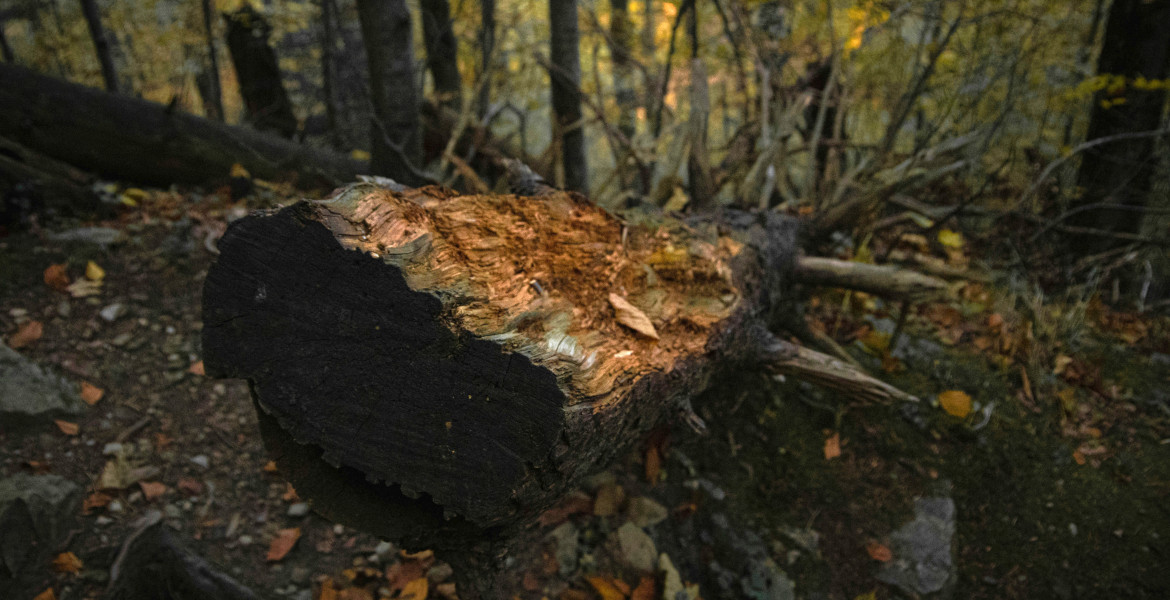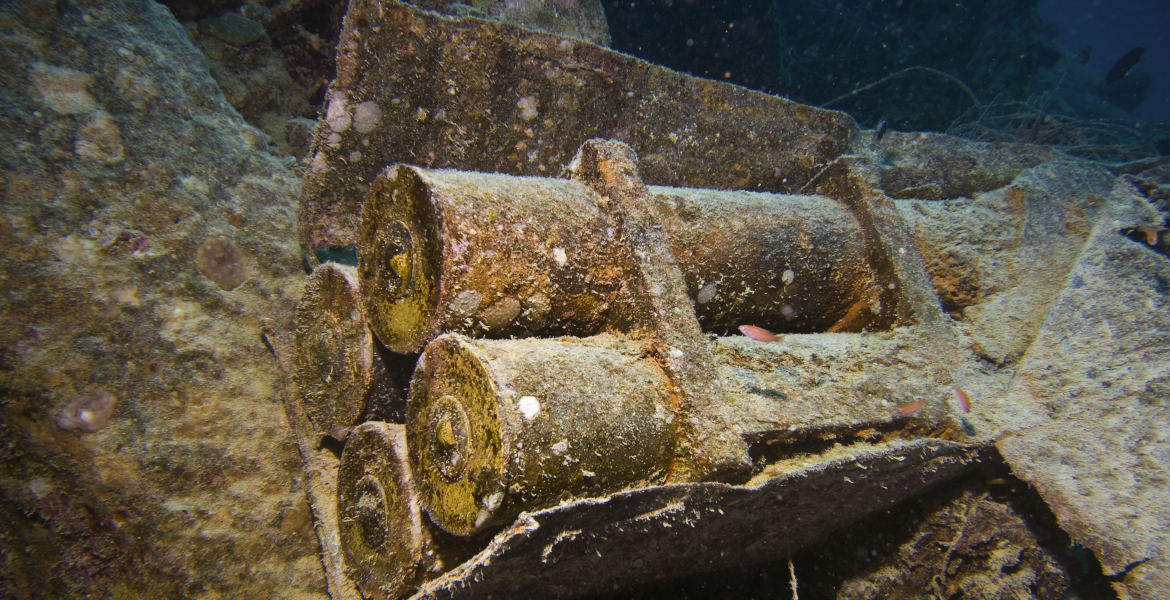About a third of Finland’s breeding birds are now considered endangered, and the population of seabirds has declined by 50 percent since the 1990s.
– If the trend continues, more species will disappear, says bird researcher Aleksi Lehikoinen.
Of Finland’s more than 250 bird species, 86 are estimated to be endangered and 34 near-threatened. Common species such as the chaffinch and the willow warbler have declined significantly, while the golden sparrow, for example, has not been seen nesting in the country for several years. Among breeding forest birds, five percent are thought to have disappeared since 1996, and among mountain birds the figure is minus 18 percent since the same year.
– We have more bird species whose populations are declining than those whose populations are increasing. We can speak of a loss of birds. If the trend continues, more species are in danger of disappearing, Aleksi Lehikoinen, one of Finland’s leading bird researchers, told the national newspaper Yle.
In the case of breeding farmland birds, populations have declined by 21%, with the ortolan bunting, for example, estimated to have declined by 99% since 1996. In the case of breeding marshland birds, the decline has been 23%, with species such as the Brent Goose and the Greenfinch being radically reduced.
“Birds are warning signals”
For seabirds, however, the figure is much higher, with an estimated 50% decline since the 1990s. About half of Finland’s waterbirds and wading birds are considered threatened. The brown duck, for example, has declined rapidly. One reason is thought to be that aquatic vegetation is becoming more monotonous and water bodies are being over-fertilized. The birds also have to compete with cyprinids for food.
Lehikoinen argues that a decrease in the number of birds indicates that nature is not doing well, for example, the decrease in the number of birds that eat insects may also mean a decrease in the number of insects, which in itself is harmful to ecosystems.
– I see birds as messengers. A canary that dies in a coal mine is a sign that humans are not doing well in the mine either. Birds are warning signals for us, says the researcher.








